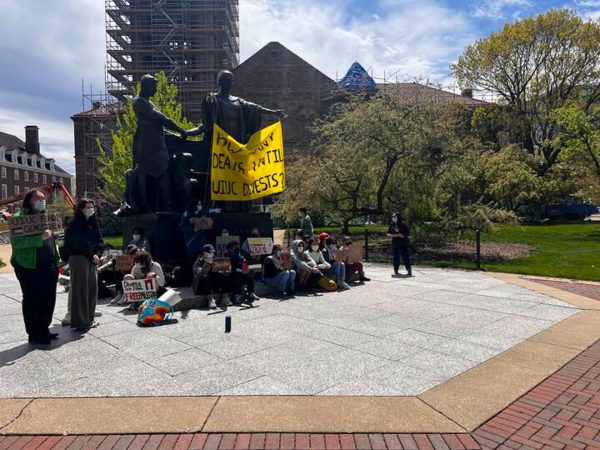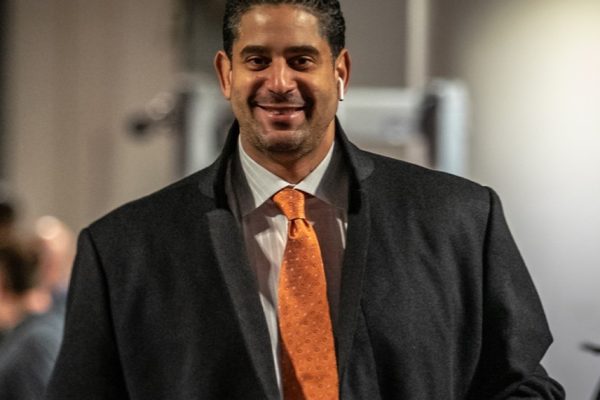COLUMN: Answers needed for Champaign health care
November 29, 2006
There is a health care crisis in Champaign County. Lives are being lost silently and unnoticed by the majority of the community, because families cannot afford medical treatment or because treatment comes too late.
According to the Champaign County Health Care Consumers, in Champaign County alone there are an estimated 76,000 people who have no health insurance or are on Medicaid. If you are part of this group then your chances of finding adequate health care are low. Your chances of being able to afford the treatment you need are even lower.
How can this be? Both Carle and Provena Hospitals are non-profit, both offer discounted care programs and both can determine a patient’s bill with a sliding scale. However, 90 percent of doctors in Champaign County are not employed by these two hospitals, but by either Carle Clinic or Christie Clinic. Both of these clinics are for-profit. When you go into either Carle or Provena Hospitals, you can end up with two bills – a hospital bill and a doctor bill from one of the for-profit clinics. So it’s a bureaucratic trick, designed to look caring and generous but to take as much profit as possible.
Of course, getting a huge doctor bill assumes you even got to see a doctor. If you’re one of the 70,000 plus and you go to either of these clinics, you may be out of luck. Both clinics have long refused to take uninsured patients and stopped taking Medicaid patients in 2003. For many in Champaign County, the only option is no treatment at all unless, or until, there is an emergency. And emergency room visits are very expensive, and not particularly good at identifying problems before its too late.
But what about that other 10 percent of doctors? A large portion of them are specialists, like plastic surgeons, and not general practitioners. There is the Francis Nelson Community Health Center, which provides care, but even after their expansion finishes, they estimate they will only be able to accommodate 7,000-9,000 patient visits per year.
Get The Daily Illini in your inbox!
The majority of people reading this article will be U of I students who are covered by health insurance. Why should you care if someone you’ve never met can’t afford to see a doctor? Why should you pay for them, when you have your own medical bills and your H2 is getting more and more expensive to fill up? It’s easy to ignore the suffering of those around us when we don’t want to see it, and when we feel that it doesn’t affect us.
In reality, not providing health care to those who can’t afford it isn’t going to save us much money. When a health problem is not treated early on, it’s more likely that problem will become worse, and when treatment becomes necessary it will far be more expensive. When someone has no other way to see a doctor, they show up at the emergency room. ER visits of uninsured patients with a simple cold are common, and a visit to the emergency room costs taxpayers a lot more than a visit to a doctor.
Access to health care is not something guaranteed to all Americans, although maybe it should be. When something is wrong in your body and you don’t know what it is, not being allowed to see a doctor is a terrifying and humiliating thing. The costs of not providing health care to those who can’t afford it, in terms of the suffering and loss of life, the division of society and the preventable medical expenses are too great to ignore. In elementary school, we were taught that this country was founded on “life, liberty and the pursuit of happiness,” yet apparently the lives of some are not worth caring for.






